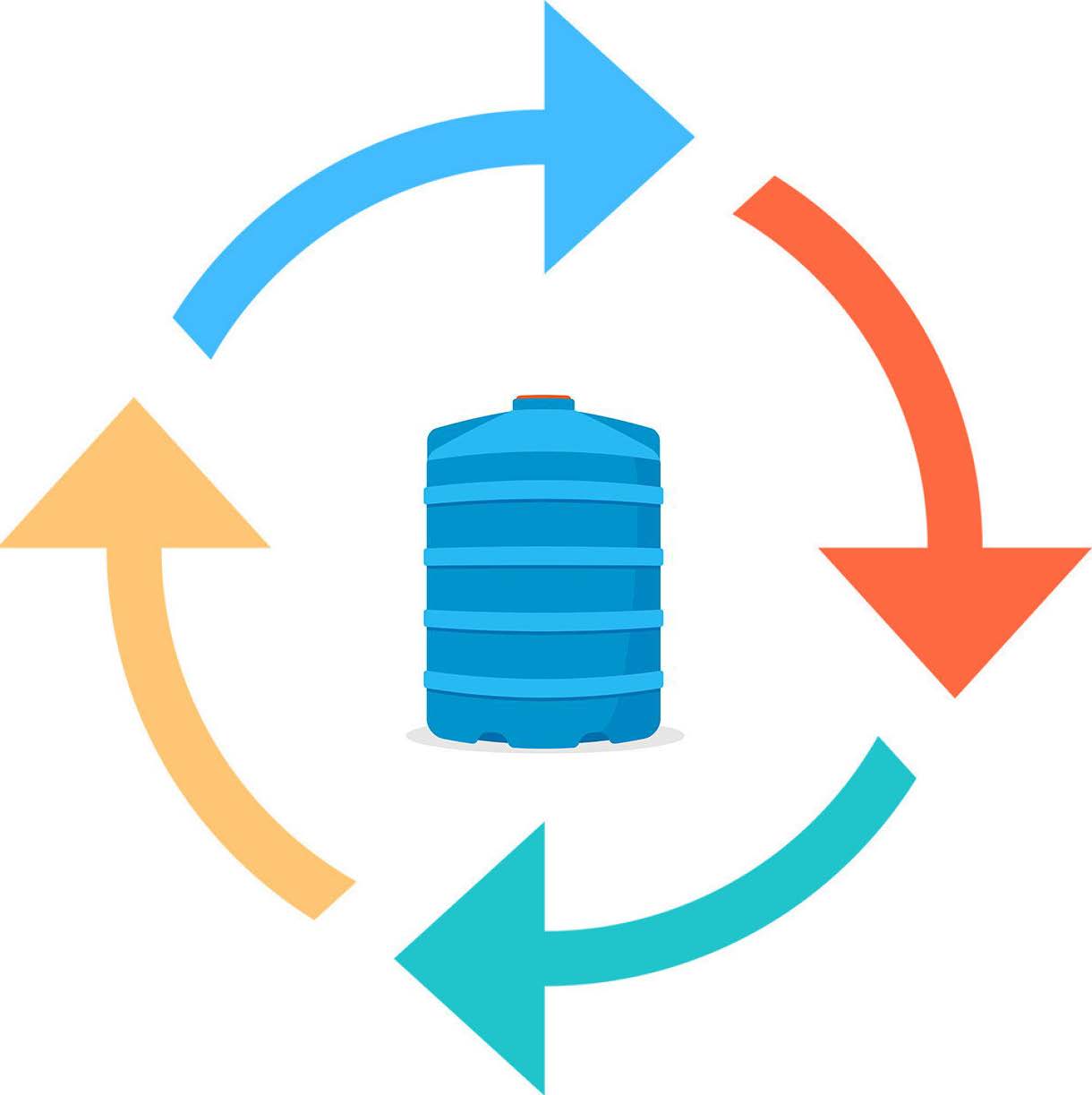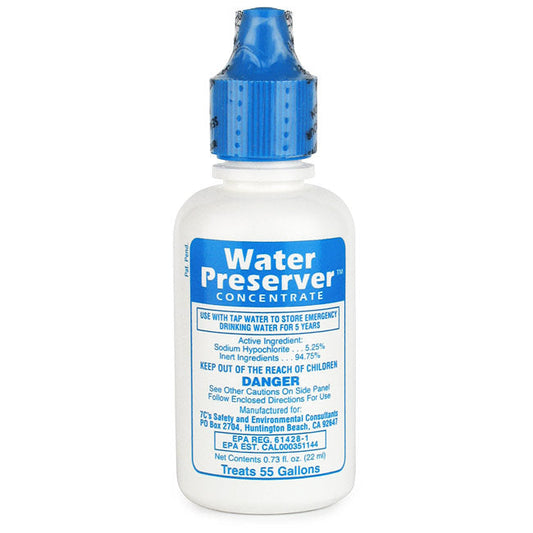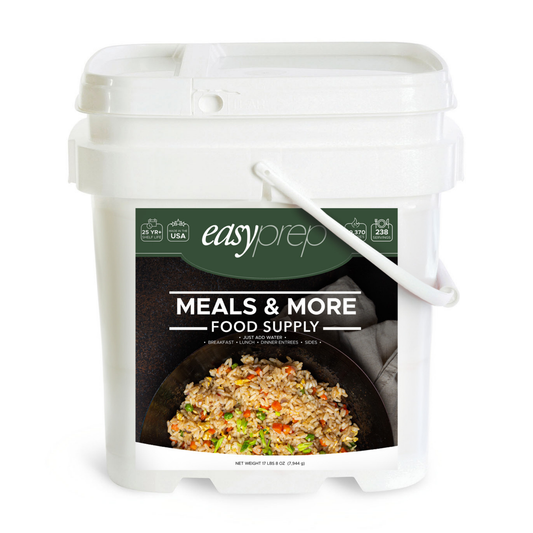One of the most common questions we receive about emergency preparedness is: *How often should you rotate water storage?* Unfortunately, online advice is often inconsistent. This article aims to clarify the topic and help you confidently prepare for any emergency scenario.
Why Should You Rotate Water Storage?

Improperly stored water can become a breeding ground for bacteria and algae, rendering it undrinkable during a crisis. If you use store-bought bottled water, it’s critical to rotate it by the expiration date because the plastic may contain BPA, which poses health risks.
"Although studies support the safety of BPA exposure at low levels, such as those in normal water-bottle use, both the U.S. Food and Drug Administration and the National Toxicology Program have expressed substantial concerns about the effects of BPA on the endocrine and cardiovascular systems. Infants and children are at particular risk." — National Geographic
How Often Should You Rotate Water Storage?
When treated and stored correctly, water can last indefinitely. However, as a general guideline, check your water storage every 6–12 months to ensure it remains clean and safe.
Signs Your Water May Need Rotation:
- Build-up around container edges
- Bacteria growth
- Algae presence
- Cloudy water
- Foul smell
How to Preserve Your Water Storage
To maintain the quality of your emergency water supply, follow these best practices:
- Use opaque containers (green or blue) to minimize light exposure.
- Store water in a cool, dark place.
- Add water preservatives or chlorine to prevent contamination.
How to Clean Your Water Container or Tank
Cleaning your water storage container is straightforward. Follow these steps:
- Find a spacious, open area to work in.
- Wash the tank with mild soap and water.
- Use a scratch pad to scrub hard-to-reach areas.
- Rinse thoroughly to ensure no soap or chemicals remain inside.
- Repeat the process if the container has been exposed to harmful substances.
How to Treat Your Water Storage
Many people use chlorine or bleach to treat stored water, but it requires precise measurements. For a simpler option, we recommend using water preservers. One bottle can treat 50–55 gallons of water, extending its shelf life from 12 months to 5 years. Despite this, we still advise checking your water every 6–12 months to ensure its quality.












